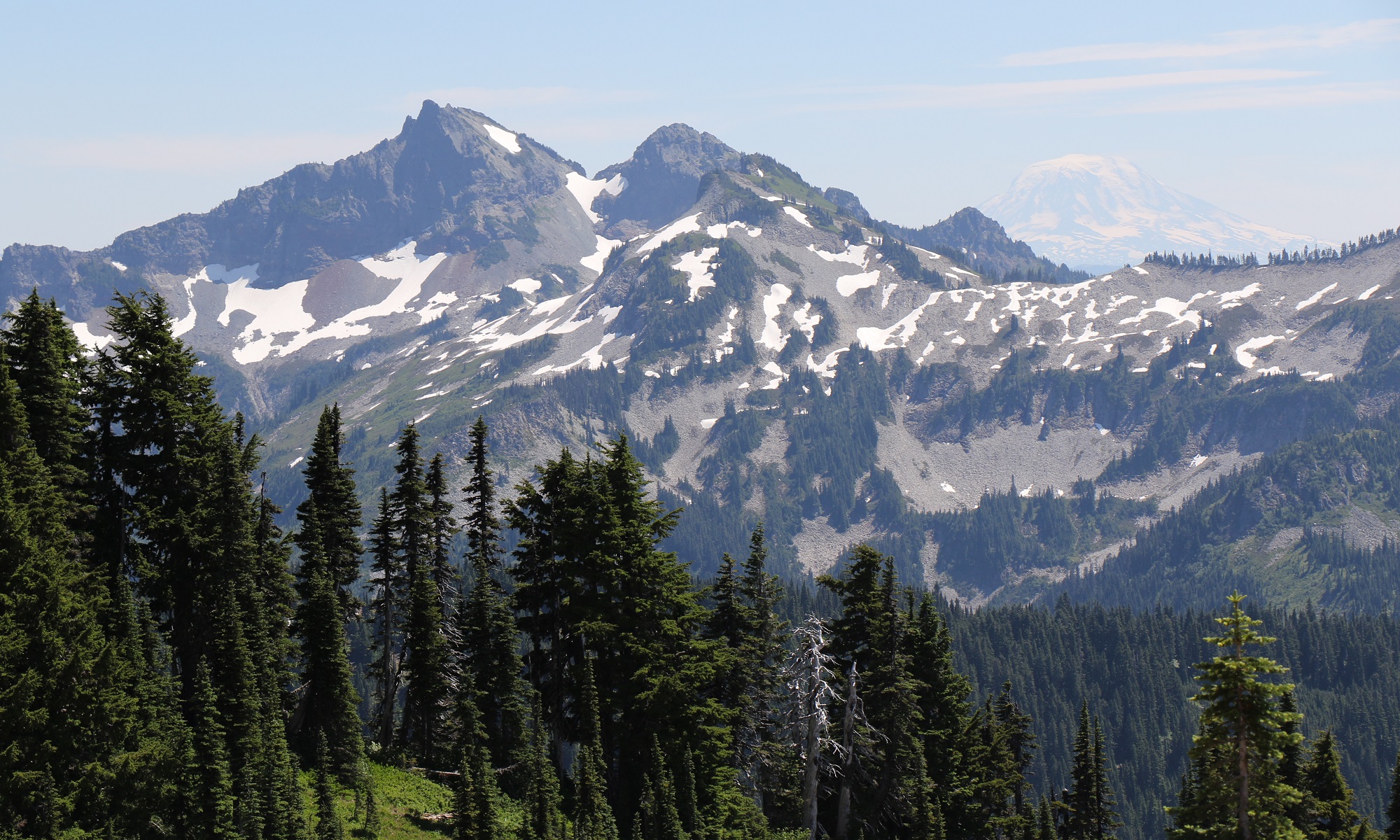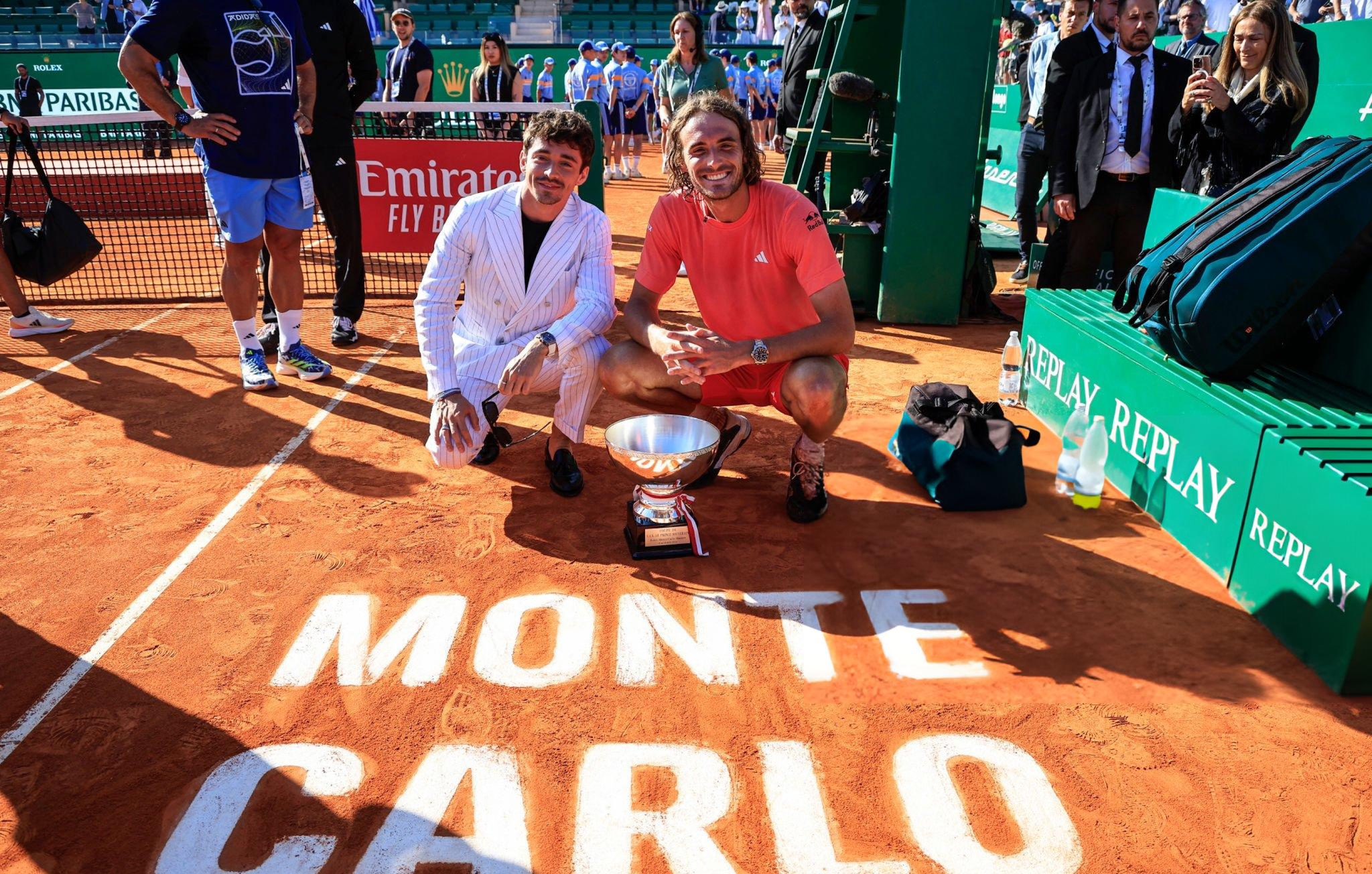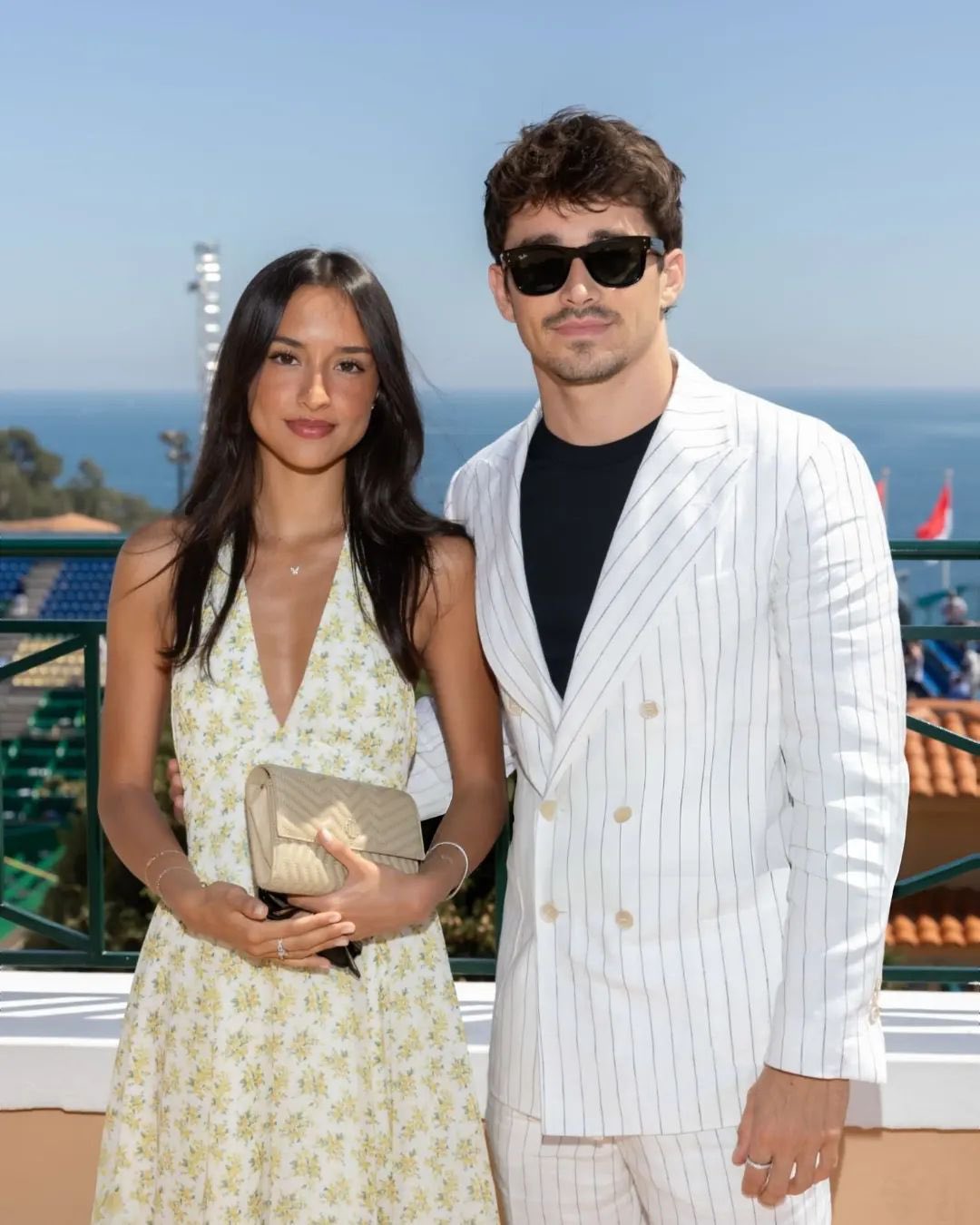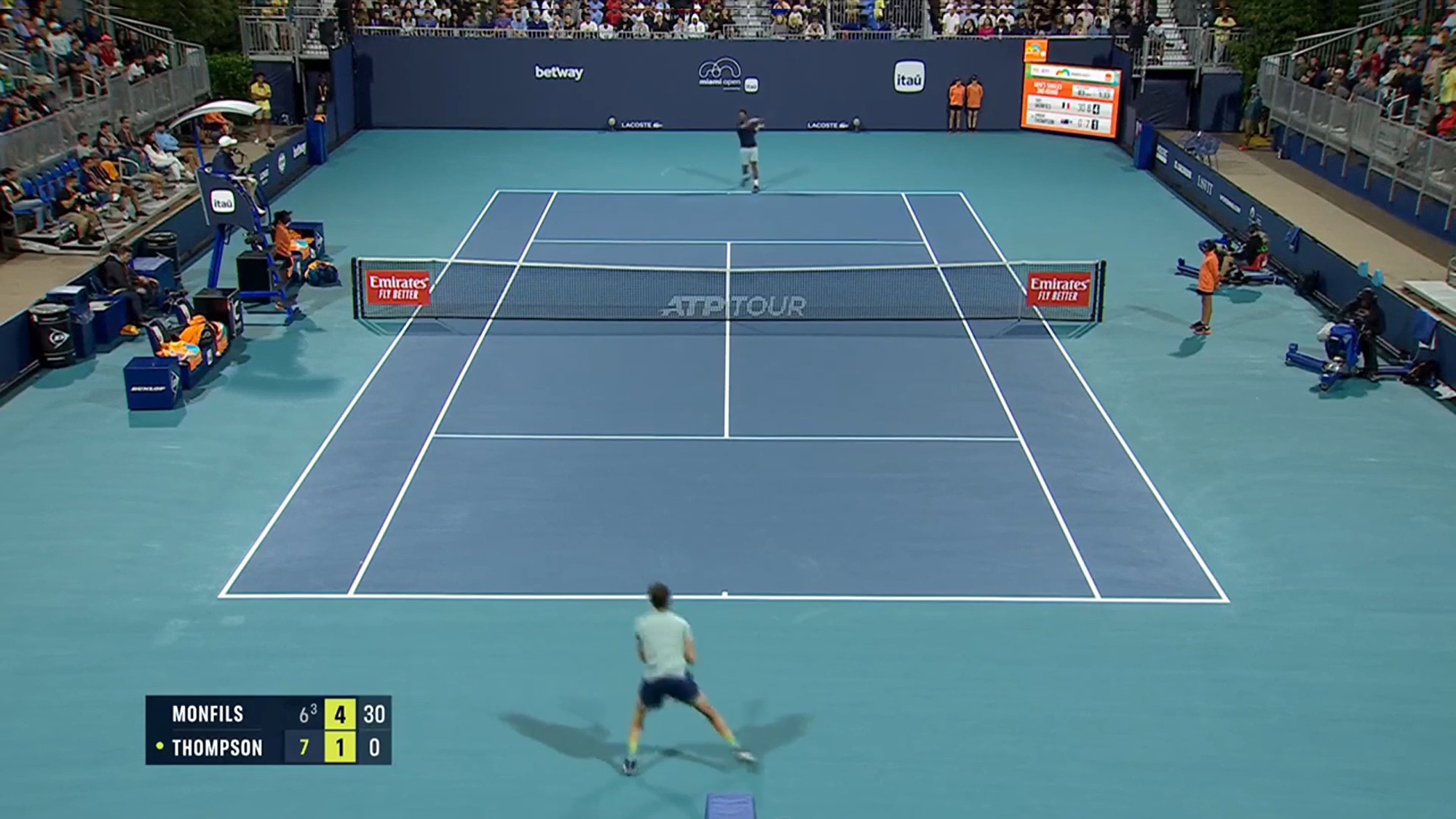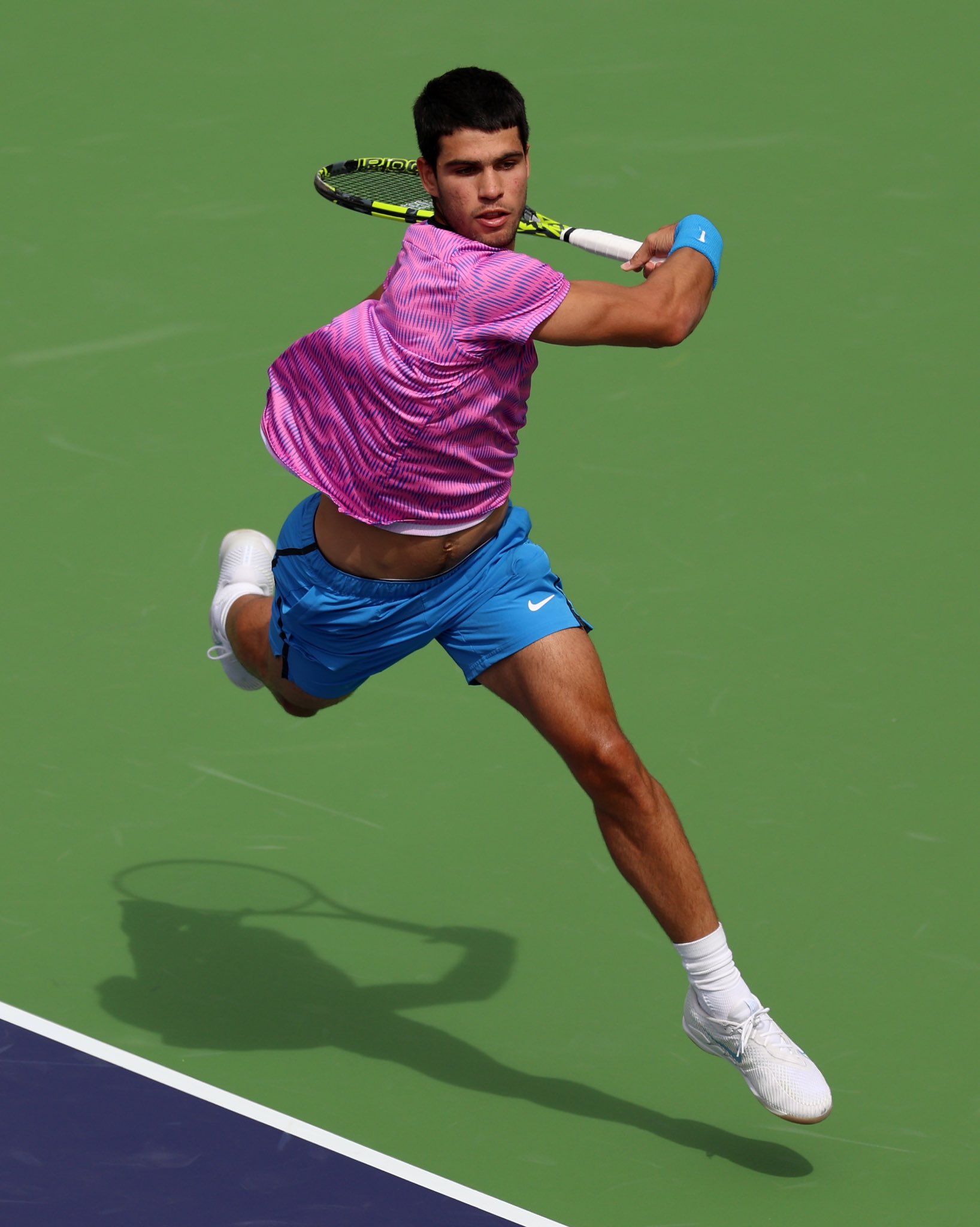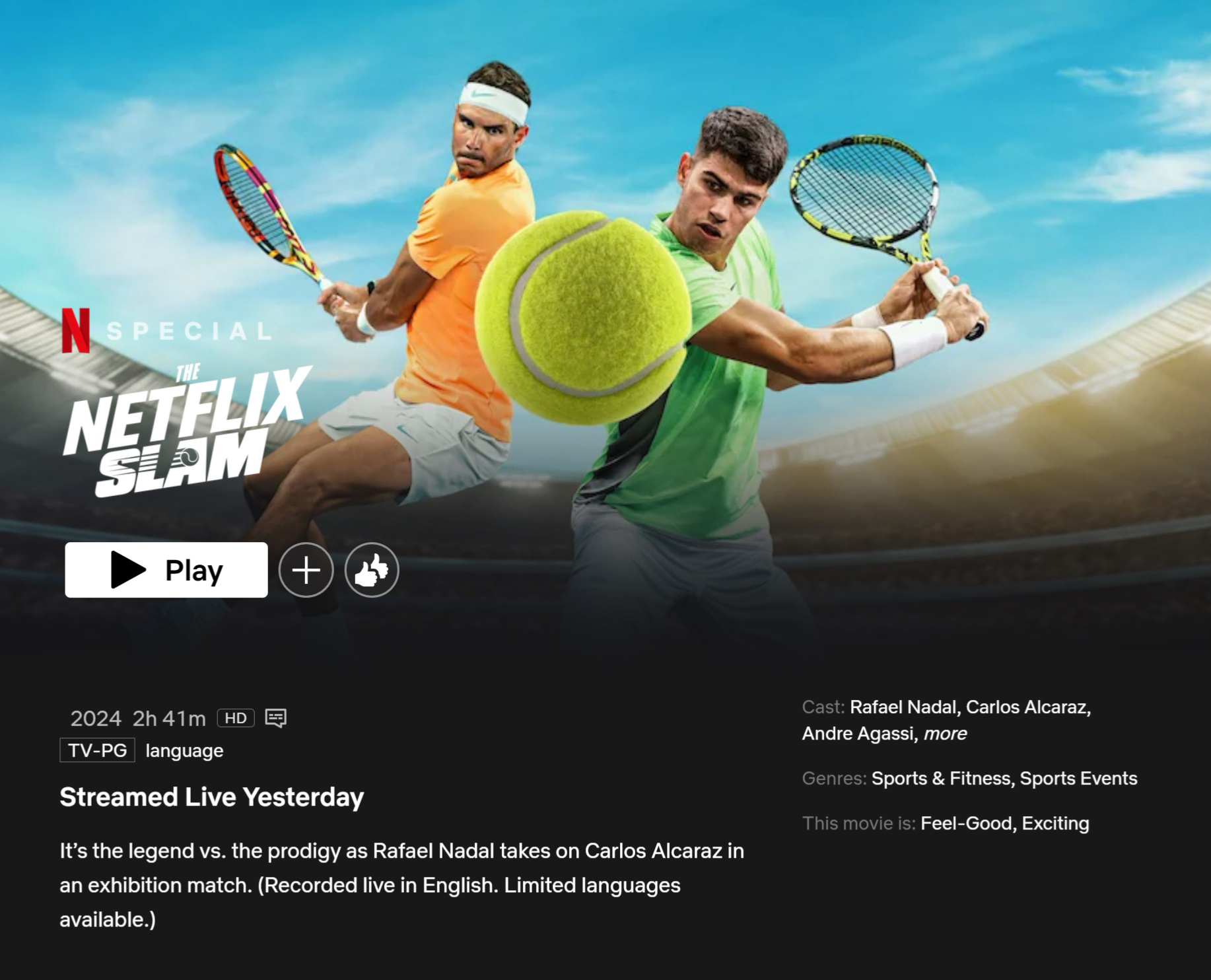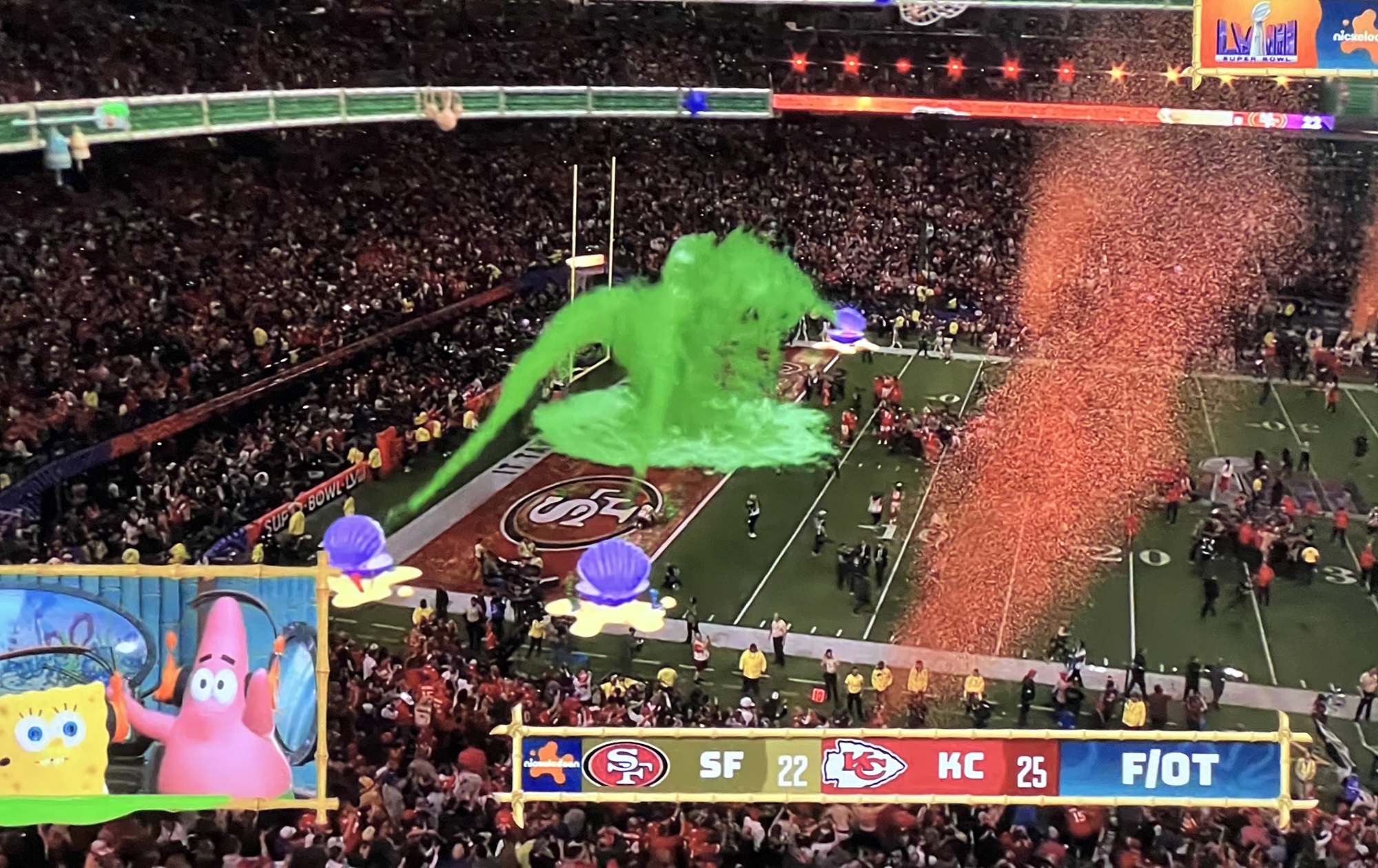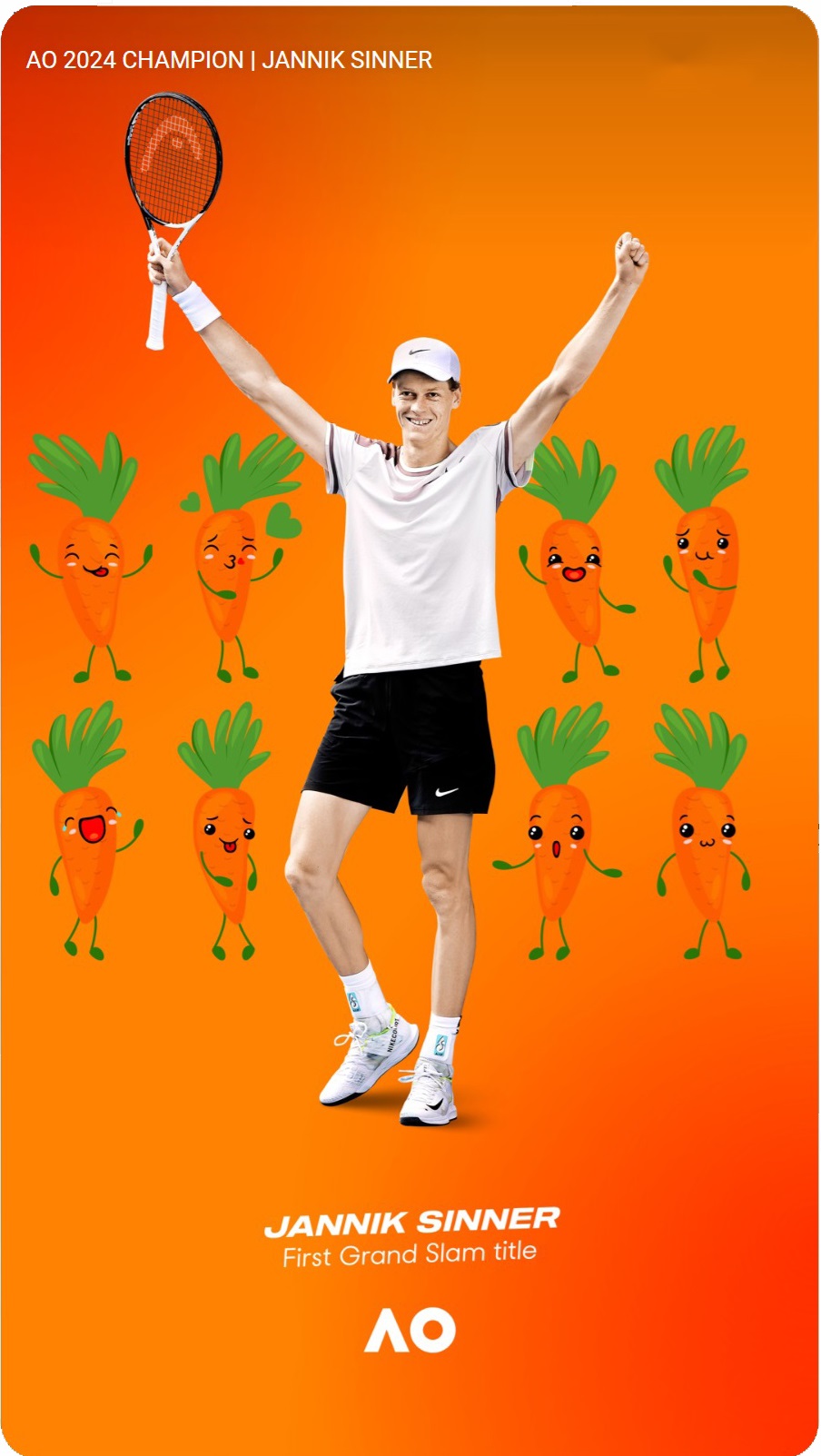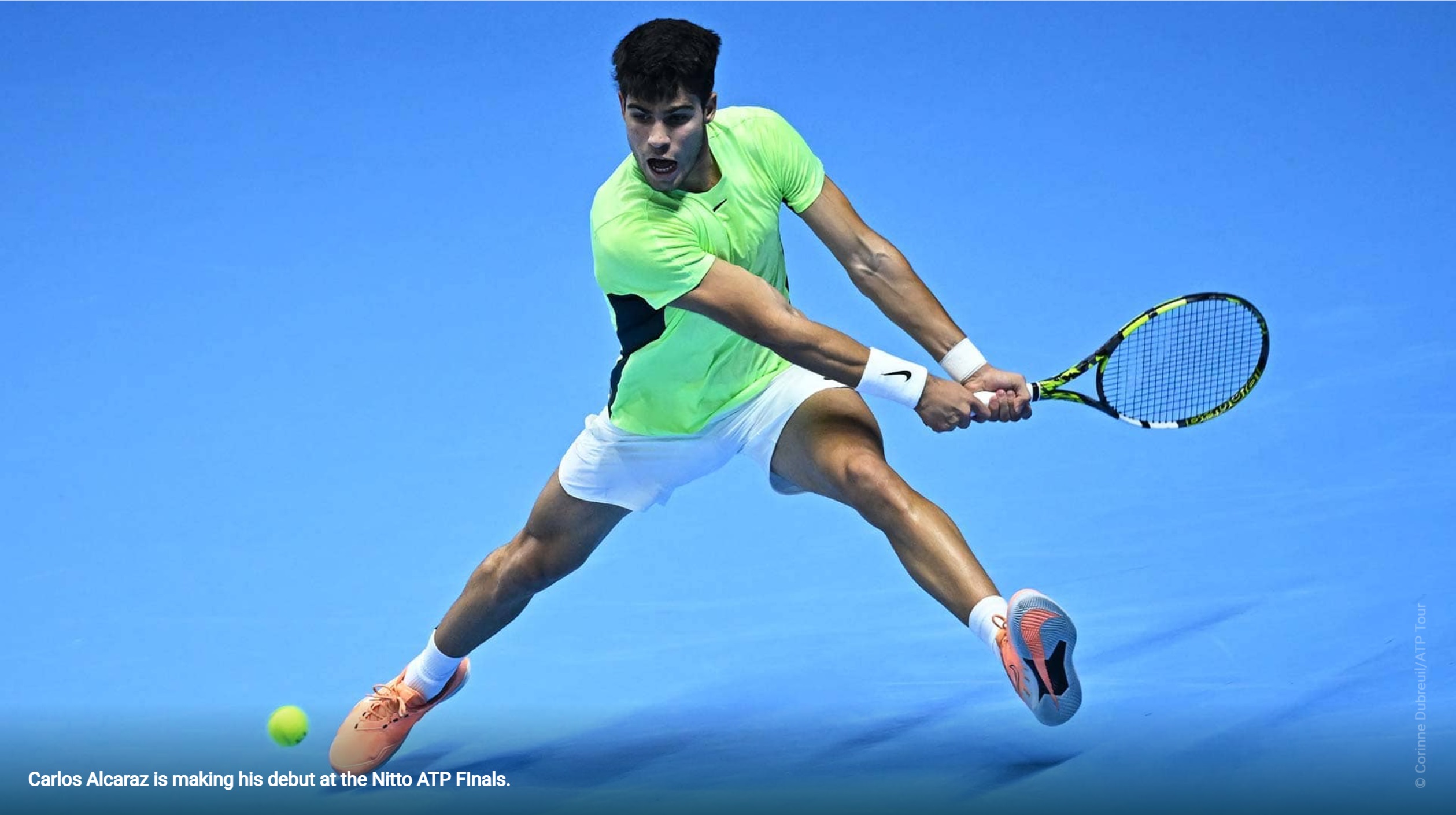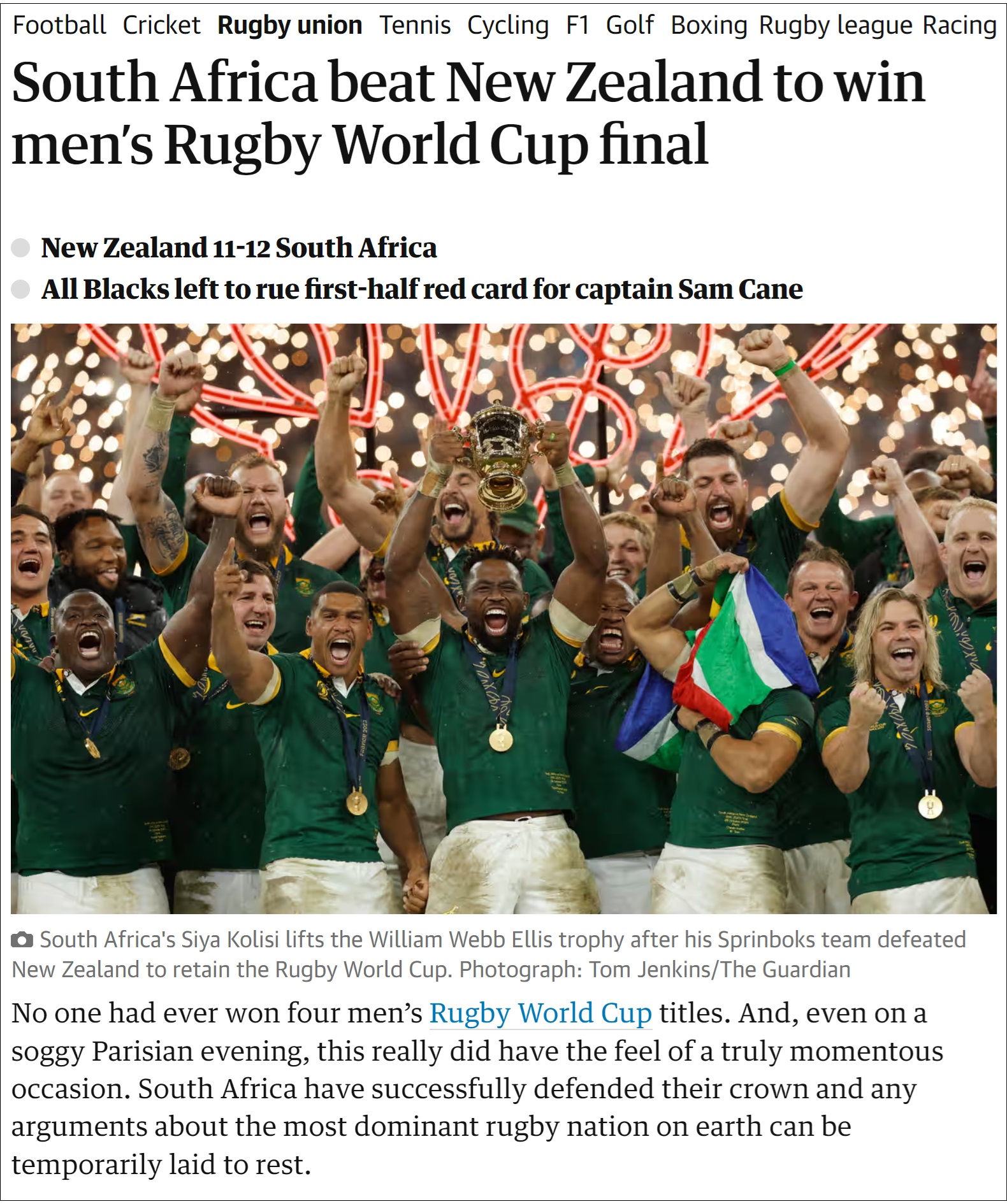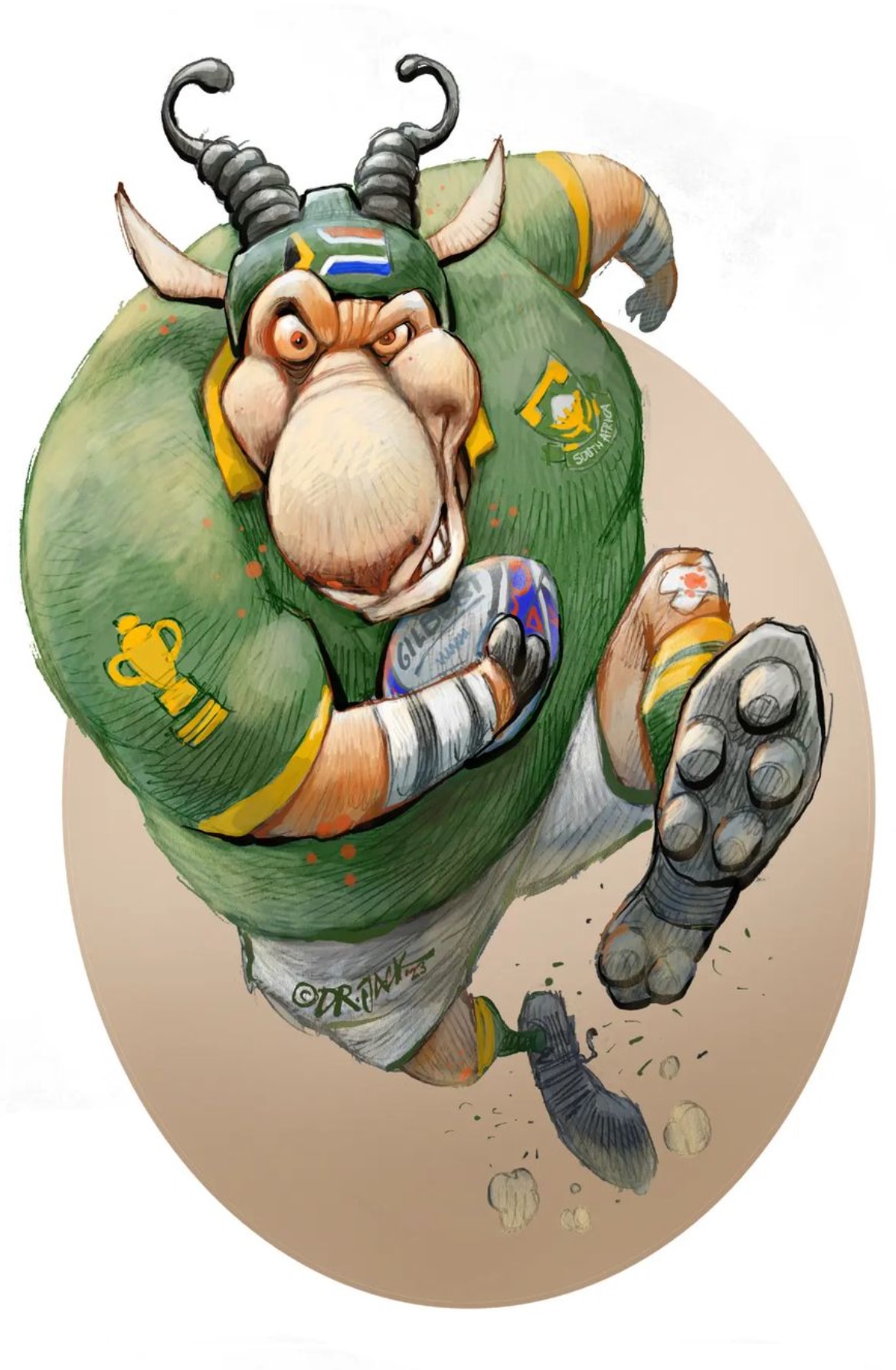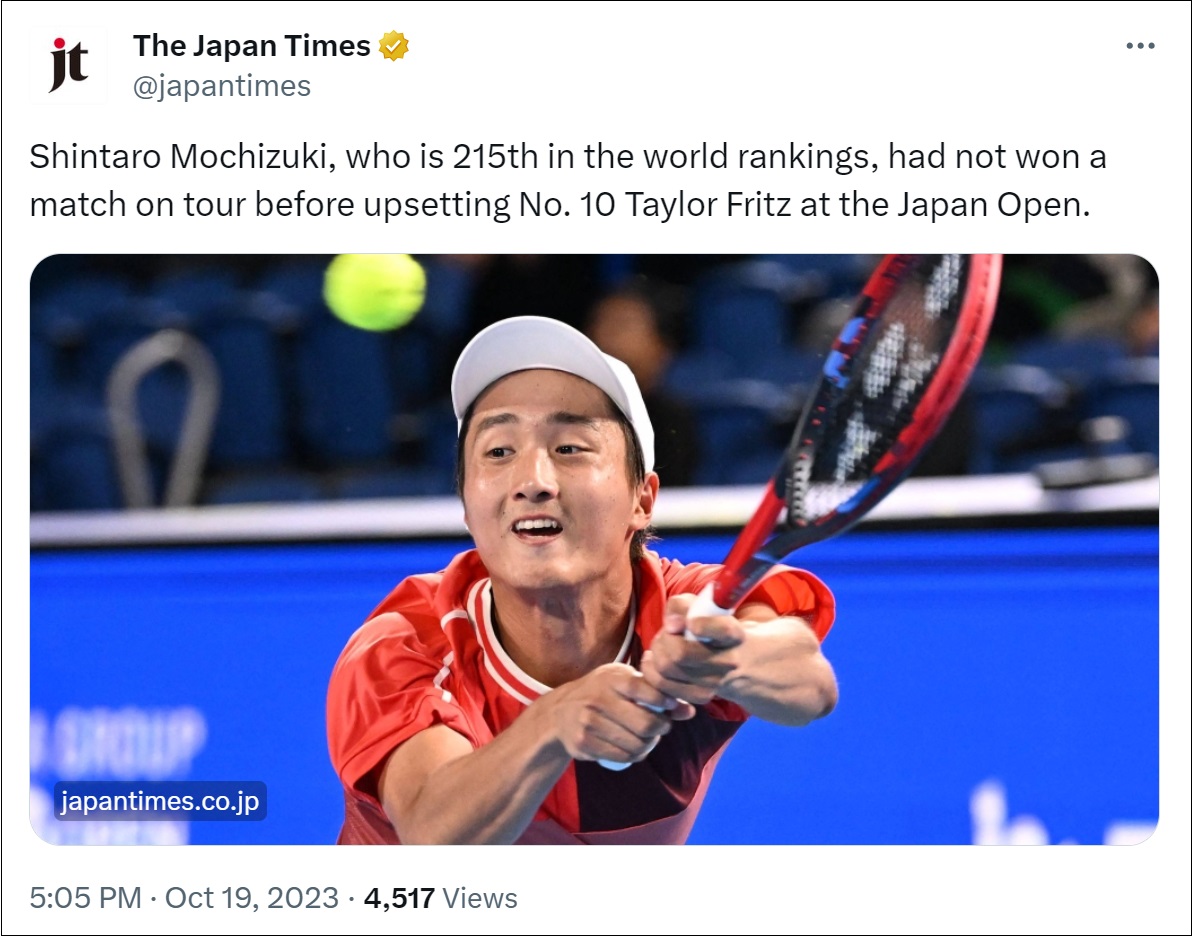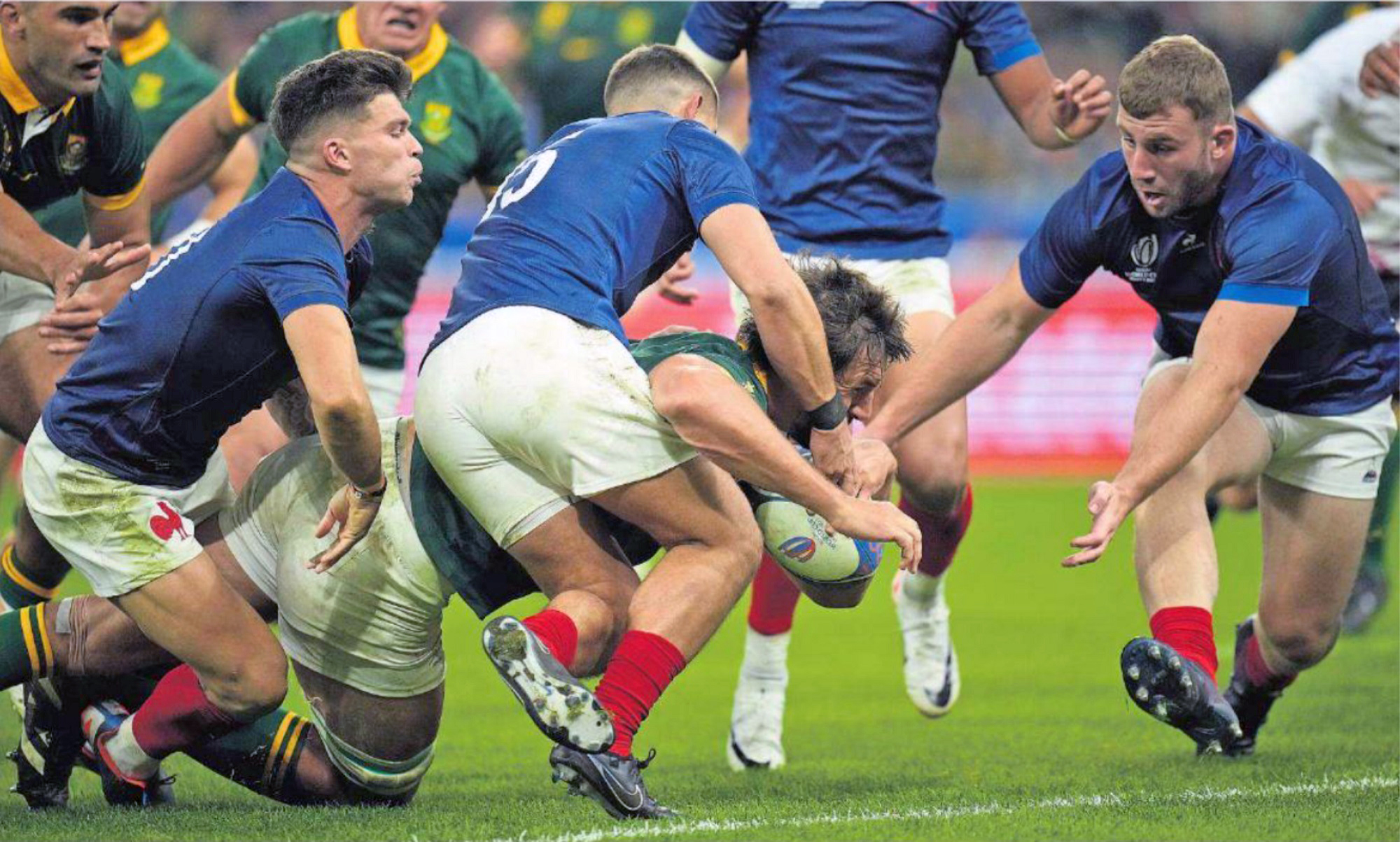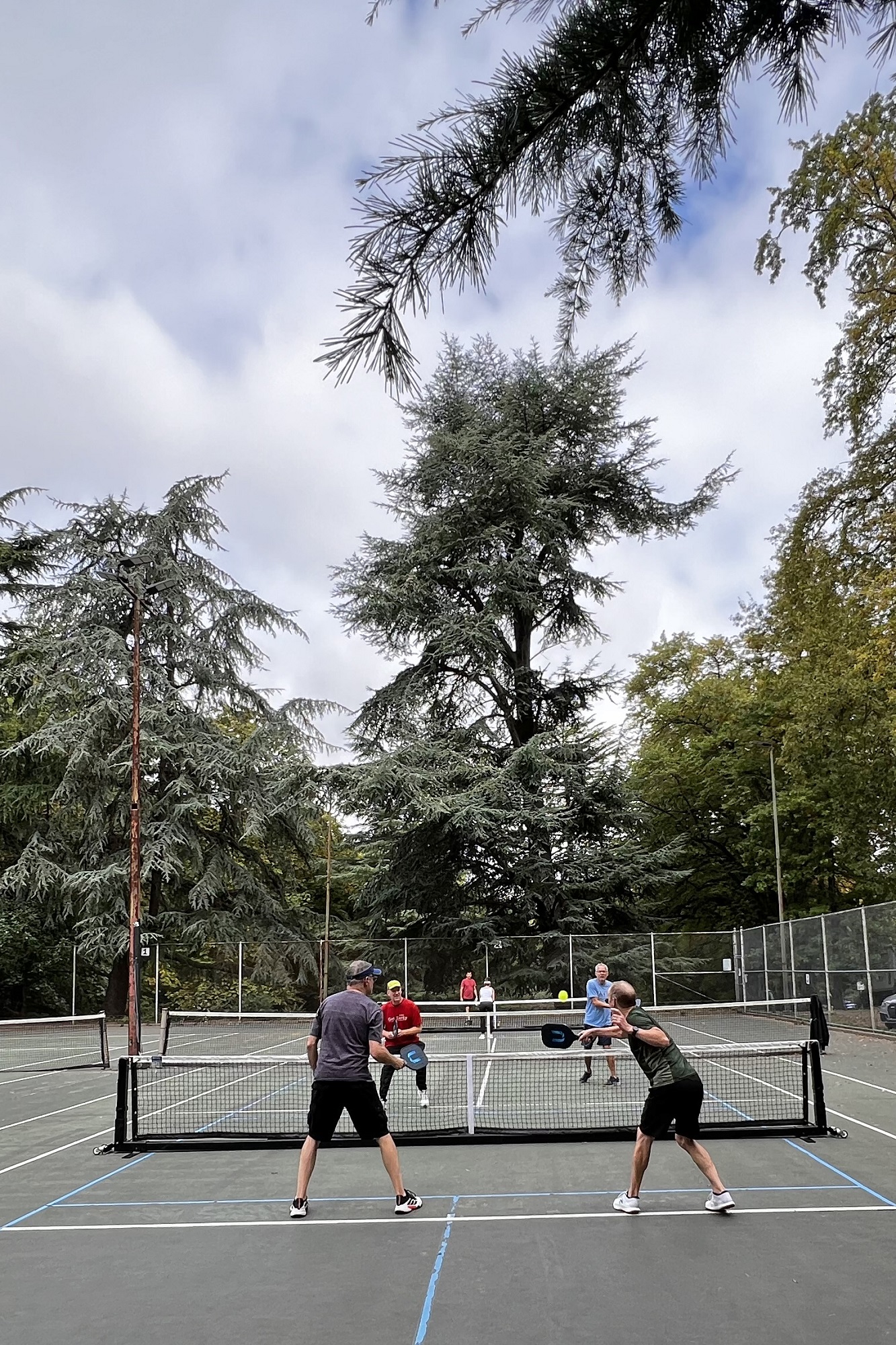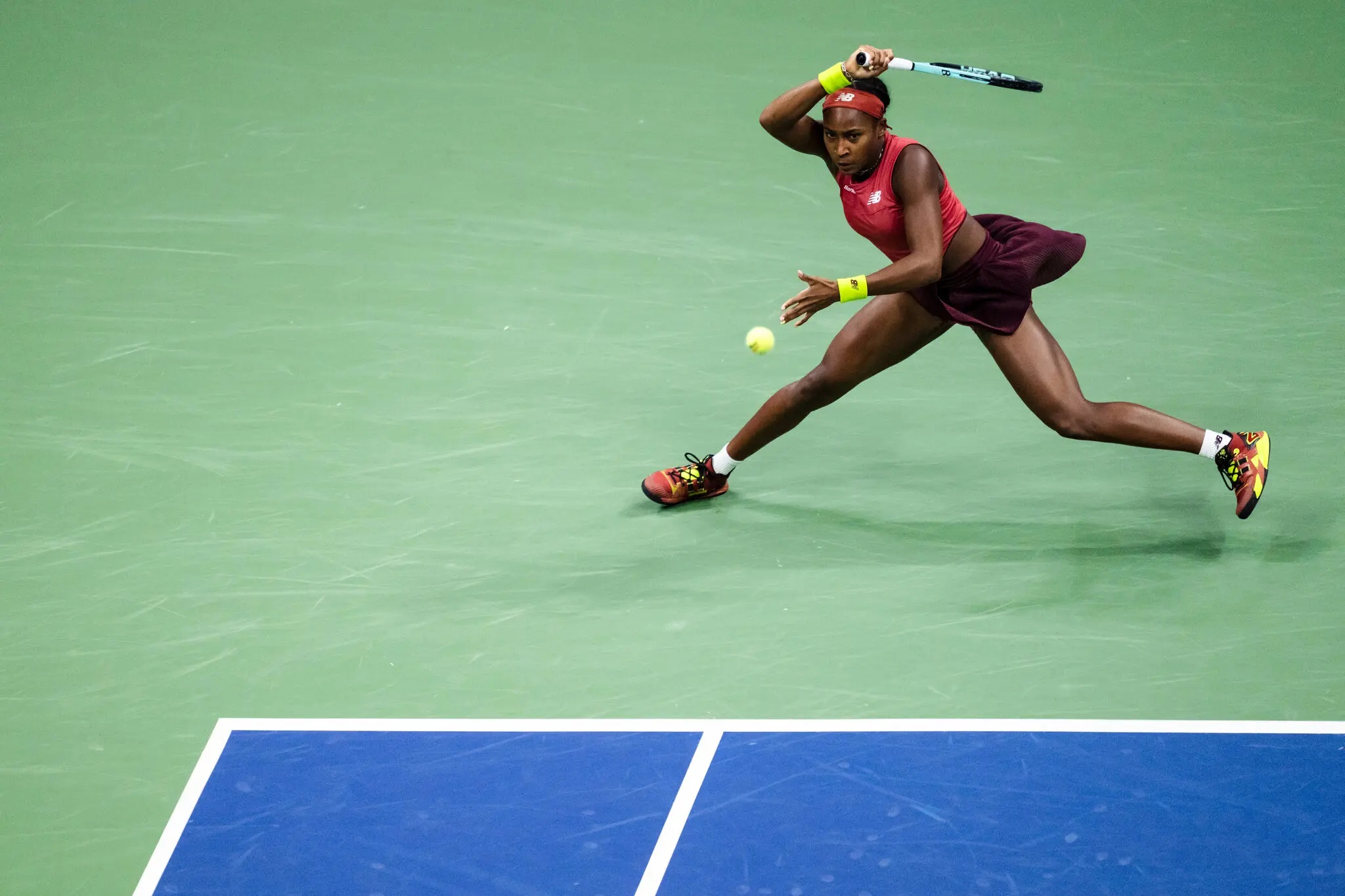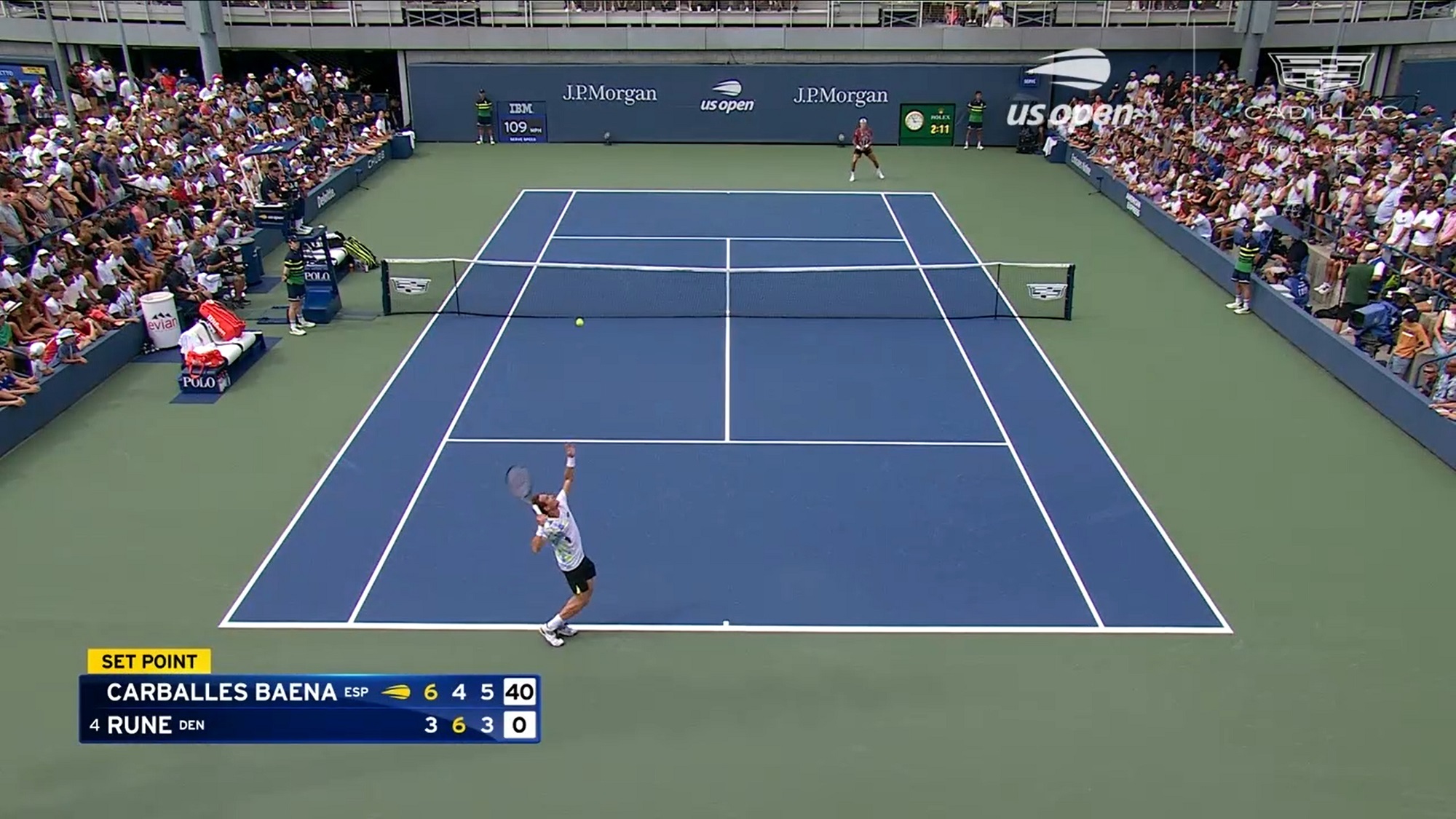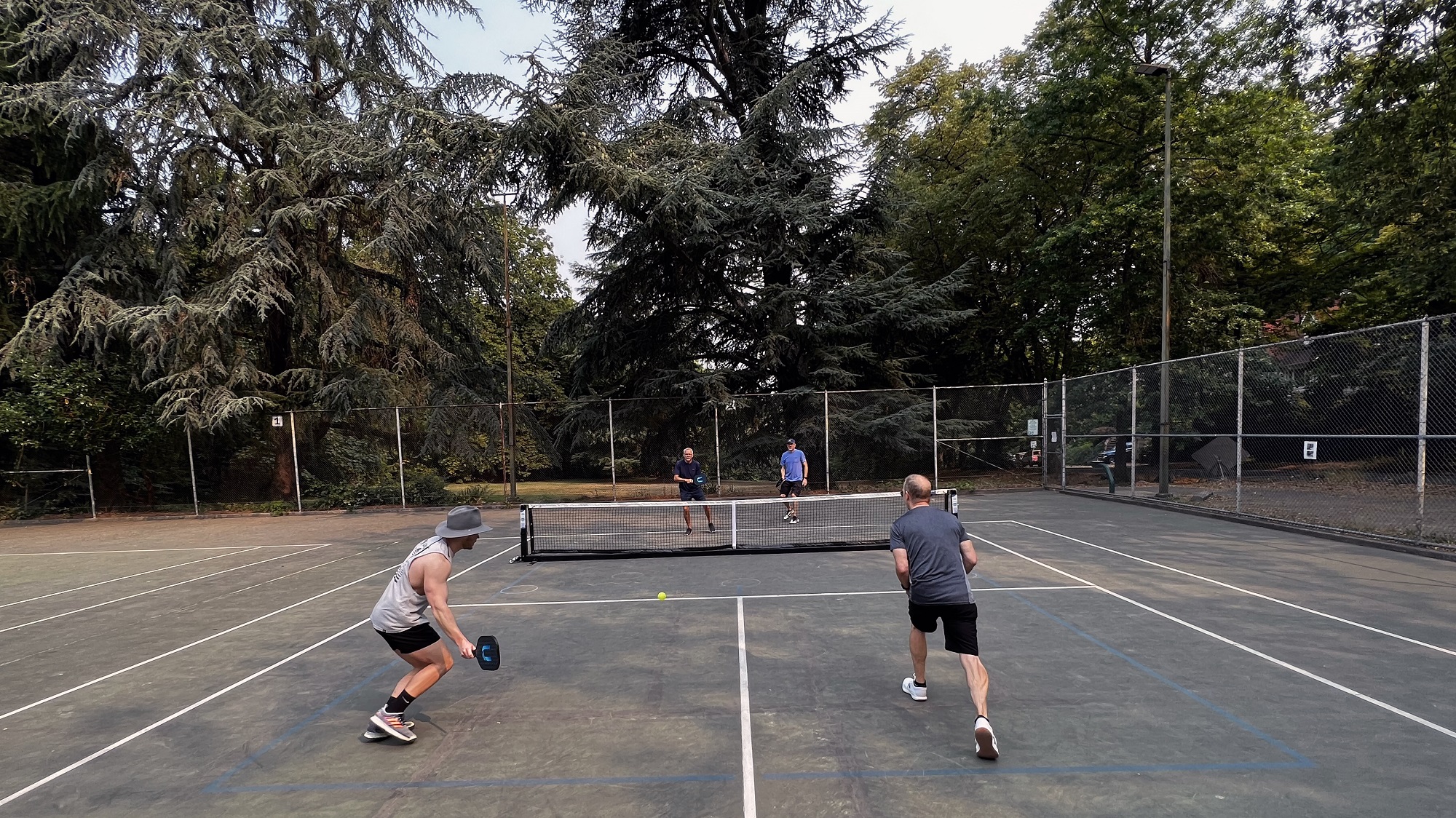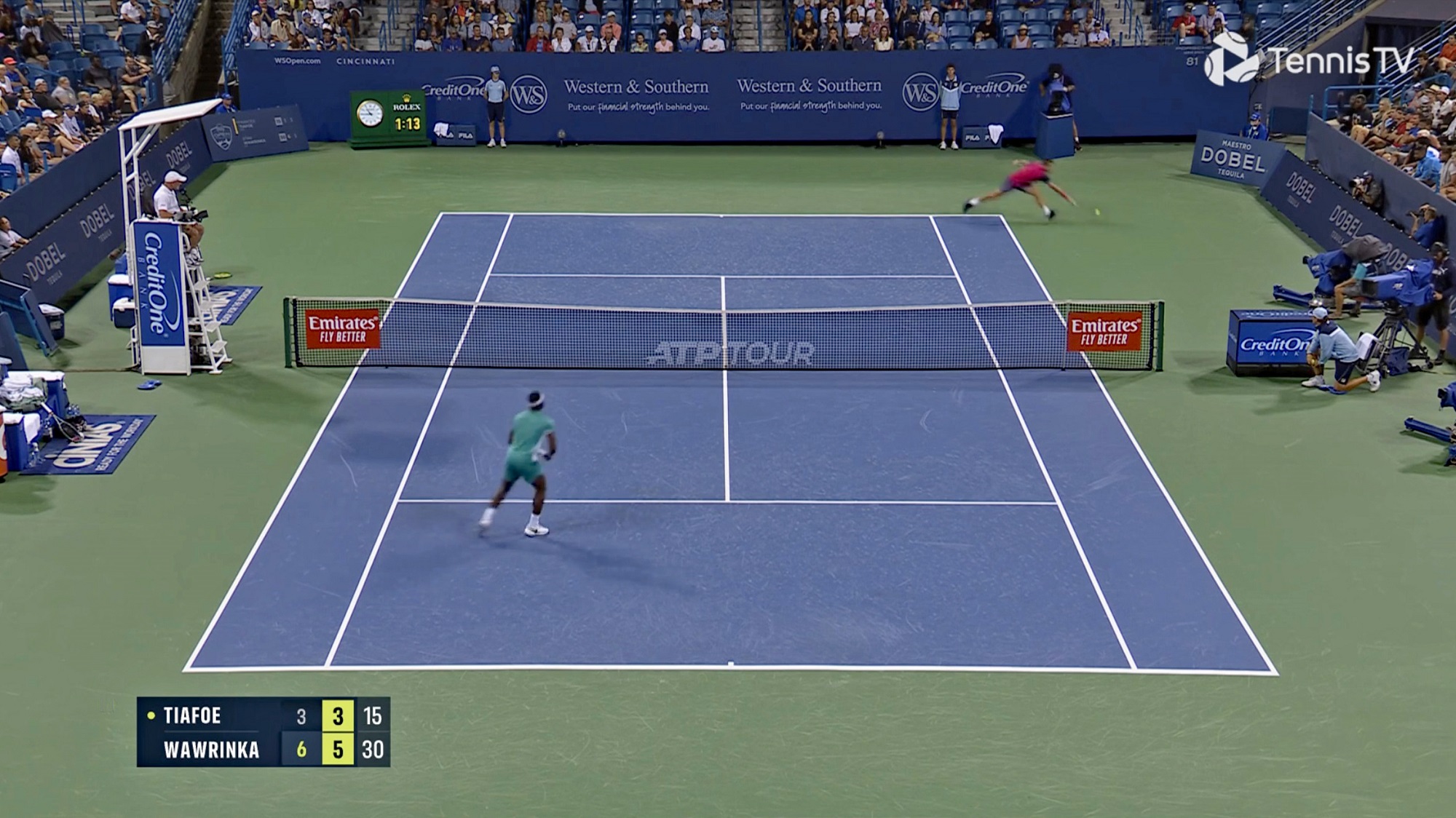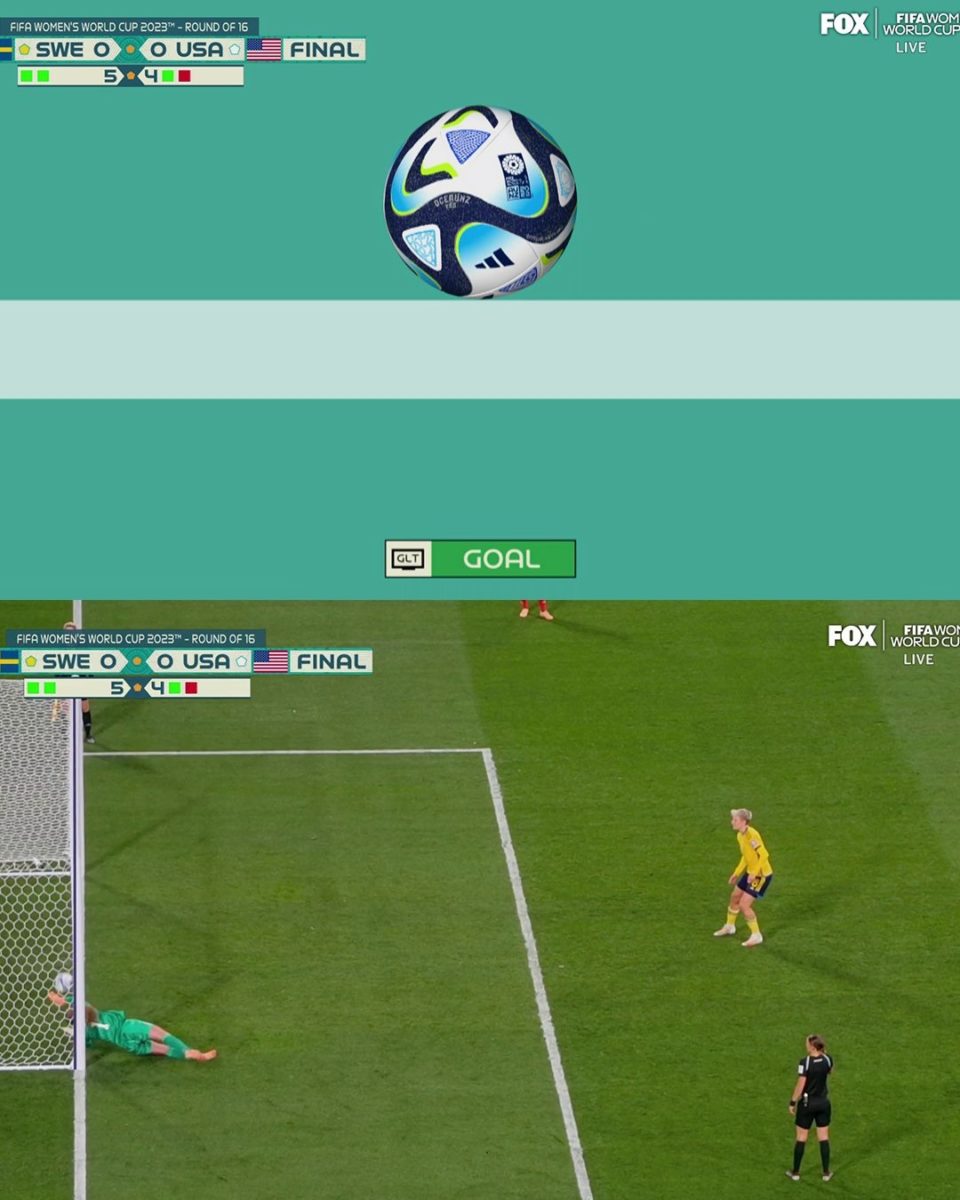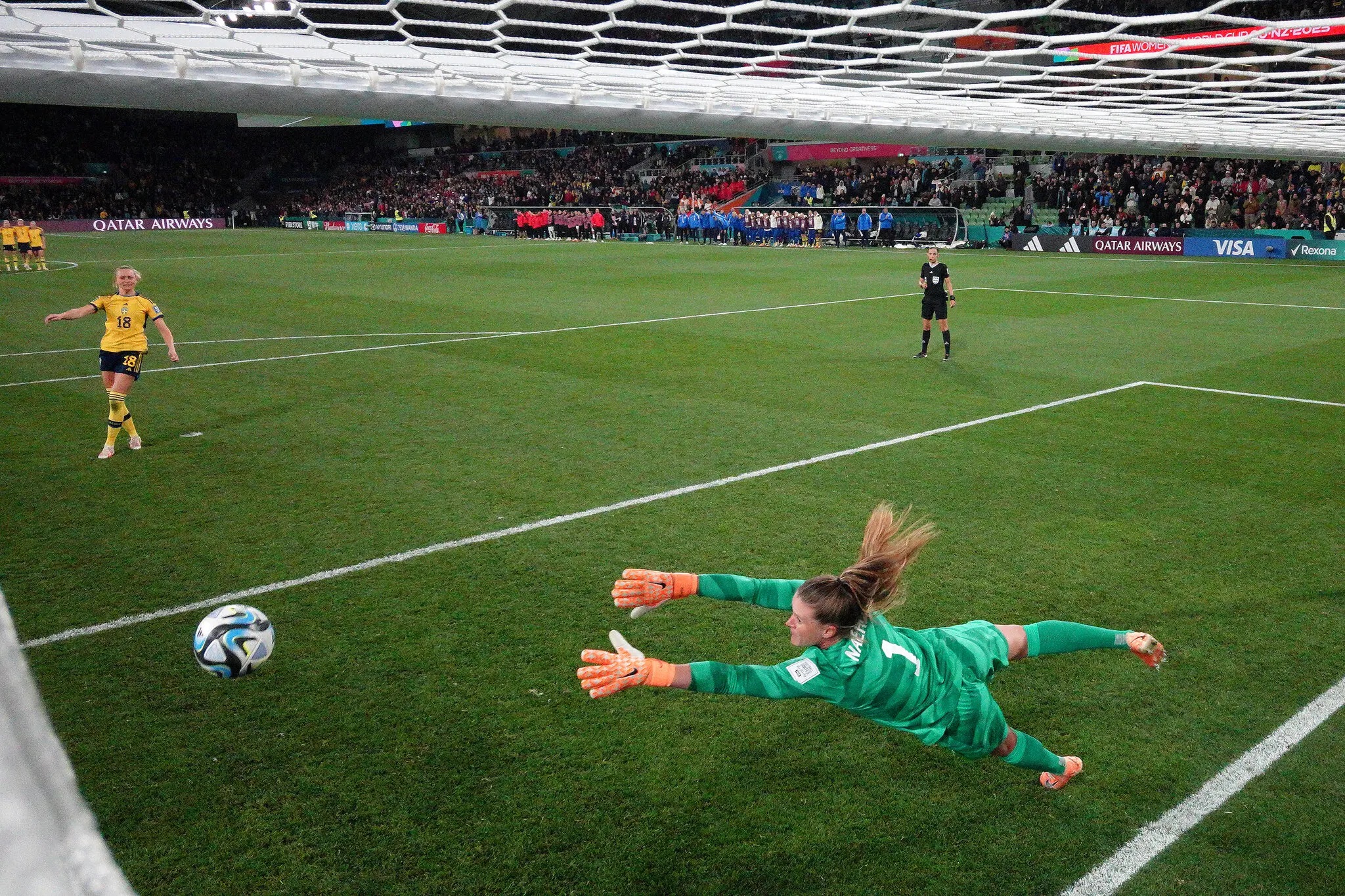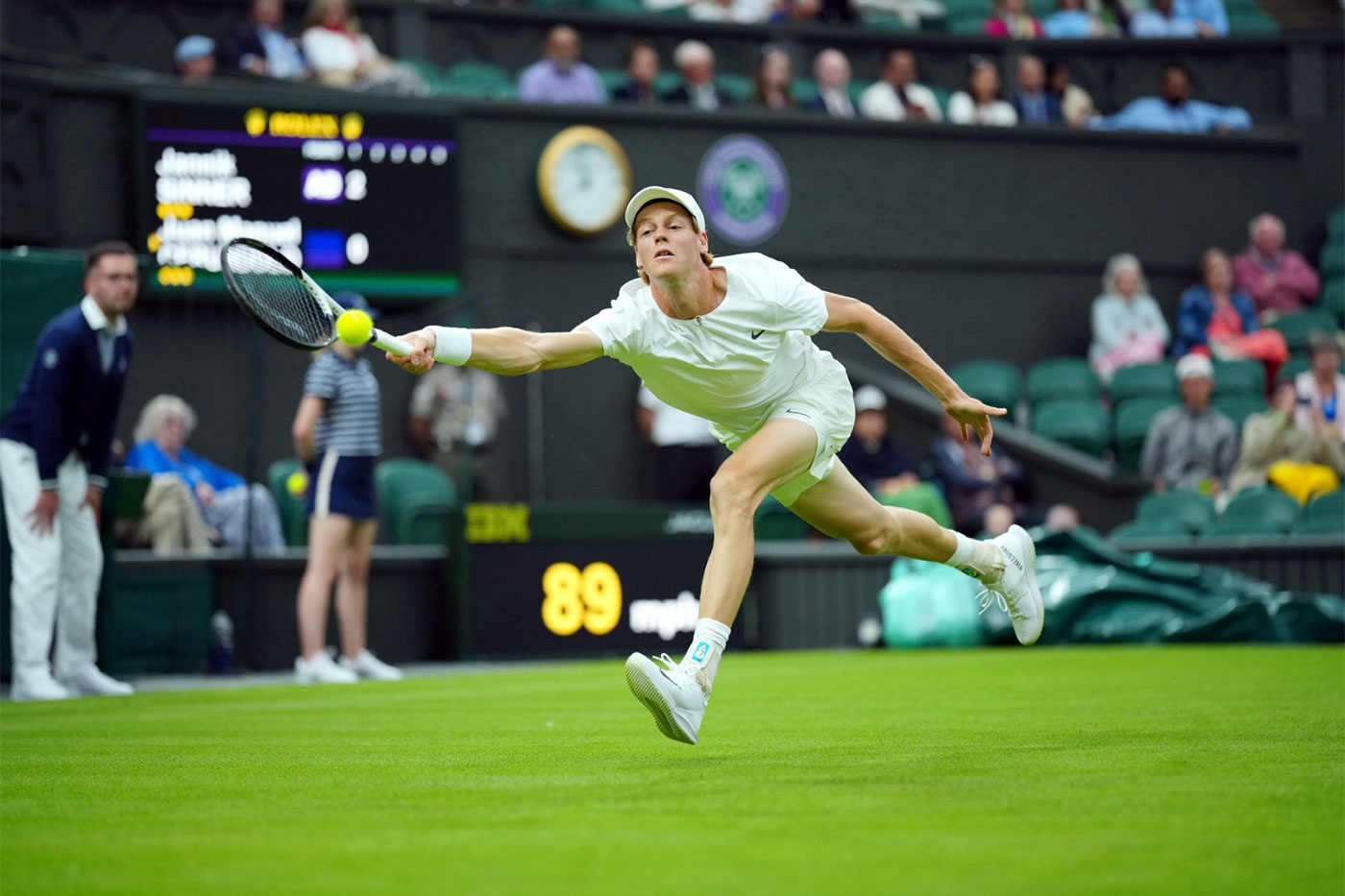Rafael Nadal (37, 🇪🇸) was back on the court again today at the Barcelona Open.
His comeback from hip and abdominal injuries after three months was ended by Alex de Minaur (25, 🇦🇺), though.
The 12-time champion got a standing ovation as he waved goodbye to the Barcelona Open— for possibly the final time.
Here’s Jonathan Jurejko reporting for BBC Sport:
Nadal is hoping to be fit enough to make a return to the French Open, where he won a record 14 men’s singles titles, next month, and suggested he was preserving his energy for Roland Garros during the latter stages of the De Minaur match.
“On a personal level, for what is to come, the 6-1 in the second set is what had to happen today,” he said.
“It wasn’t today that I had to give everything and die. I have to give myself the chance to do that [at the French Open] in a few weeks, or at least try to.”
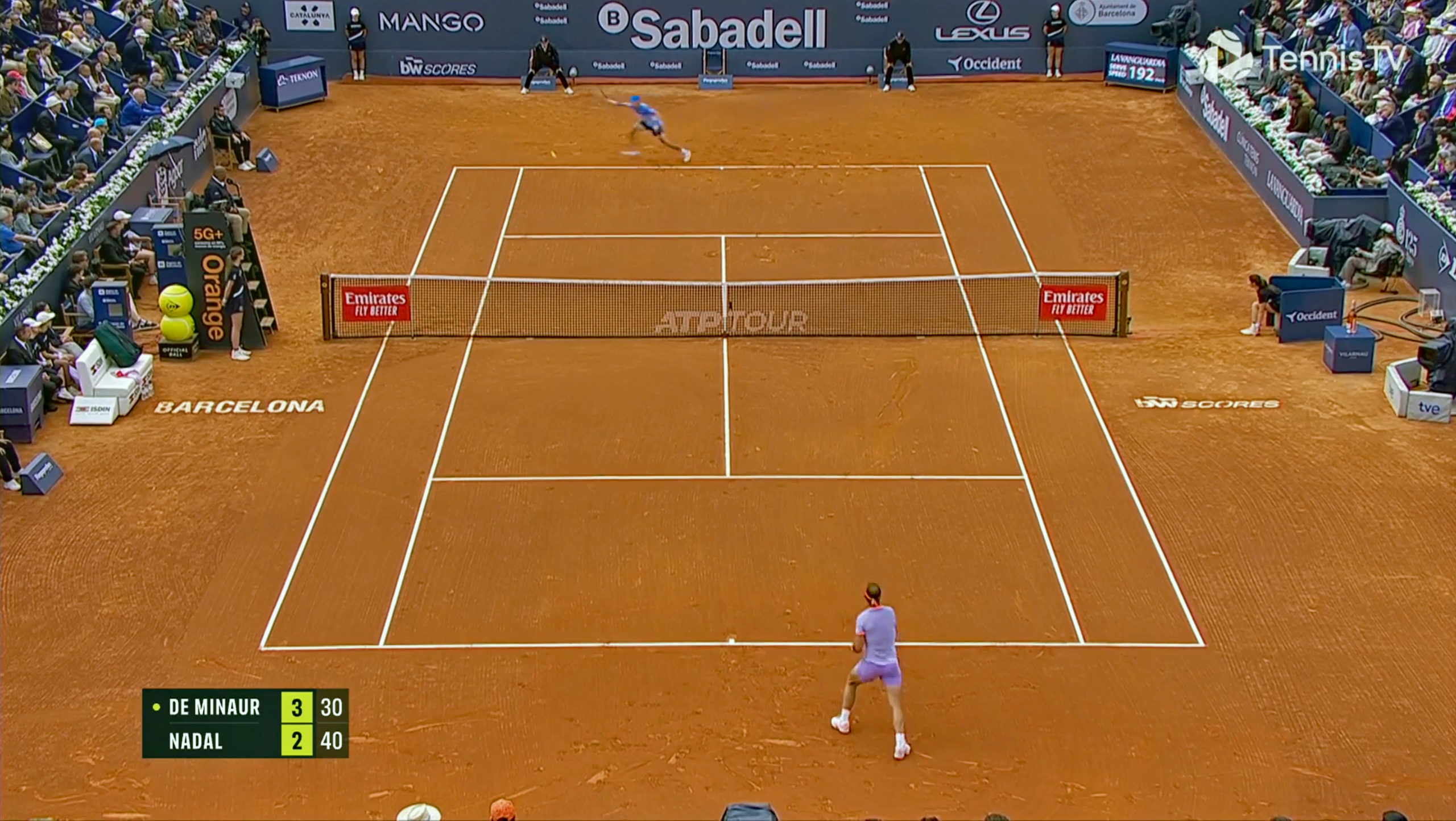
De Minaur is known for his athleticism, though. He held his own and then some, and caught Nadal with several drop shots.
Final Score: De Minaur wins 7-5 6-1.
[Still shot from Tennis TV streaming service]
